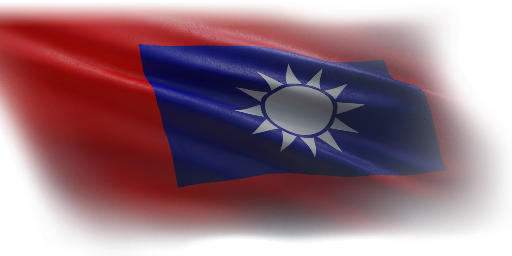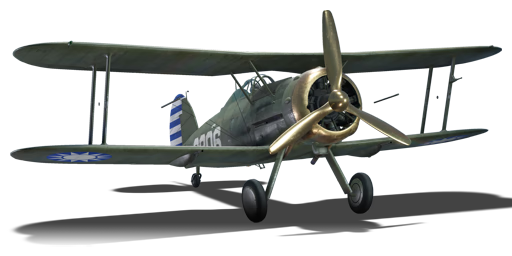


The Gladiator Mk I is a British biplane fighter from the 1930s. It was developed by the Gloster Aircraft Company. In October 1937, the Chinese central government ordered 36 Gladiator aircraft, which were delivered in two batches to Guangzhou via Hong Kong, packed in crates. The Gladiator's first combat use with the Republic of China Air Force occurred on February 24, 1938, over Nanjing. There, Chinese pilots shot down two Japanese A5M fighters. The Gladiator Mk. I continued to see service during the Second Sino-Japanese War. However, with the appearance of newer A6M fighters on the front lines and a shortage of spare parts, the Gladiators were gradually relegated to training units.
The Chinese Gladiator Mk I was introduced in Update 1.91 "Night Vision". The default appearance features the Gladiator flown by Chinese ace Arthur Chin. Although it features good armament and excellent maneuverability, this biplane does not stand out in terms of climb rate and loses speed rather quickly during sharp turns. Despite these drawbacks, the Gladiator Mk. I is well-suited for close-range air combat and can be a formidable opponent for enemy fighters.
flaps
flaps
flaps
brake
control
| Belt | Belt filling | Armor penetration (mm) at a distance: | |||||
|---|---|---|---|---|---|---|---|
| 10 m | 100 m | 500 m | 1000 m | 1500 m | 2000 m | ||
| T/AP/AP-I/Ball/Ball/I | 13 | 12 | 7 | 3 | 2 | 0 | |
| T/AP/AP-I/AP-I/I | 13 | 12 | 7 | 3 | 2 | 0 | |
| IT/AP-I | 13 | 12 | 7 | 3 | 2 | 0 | |
| AP-I/AP-I/I | 13 | 12 | 7 | 3 | 2 | 0 | |








Flight performance | |
|---|---|
Survivability |
|---|
Weaponry |
|---|